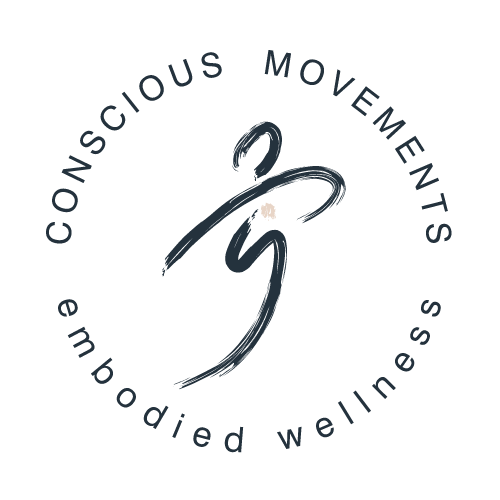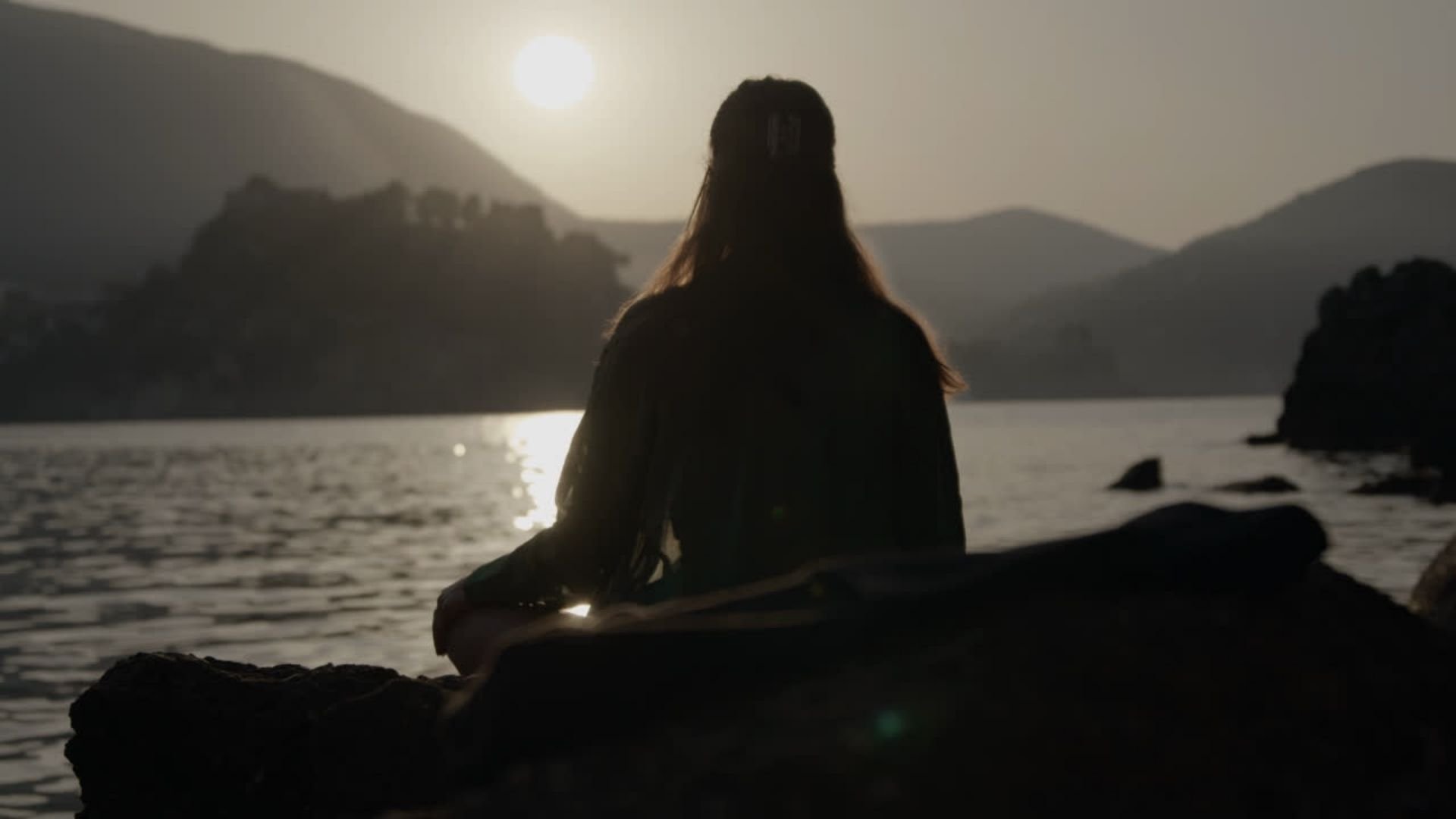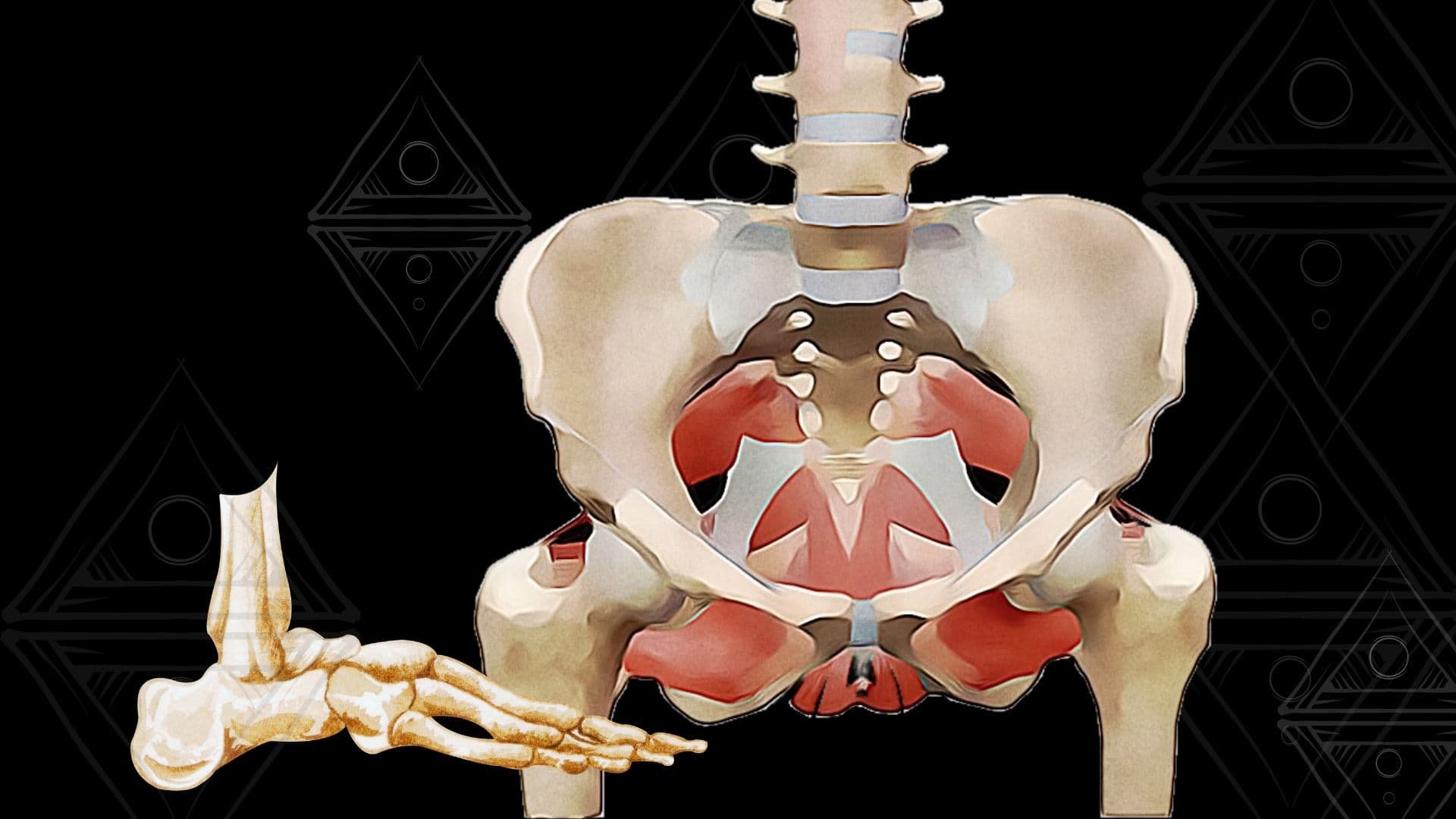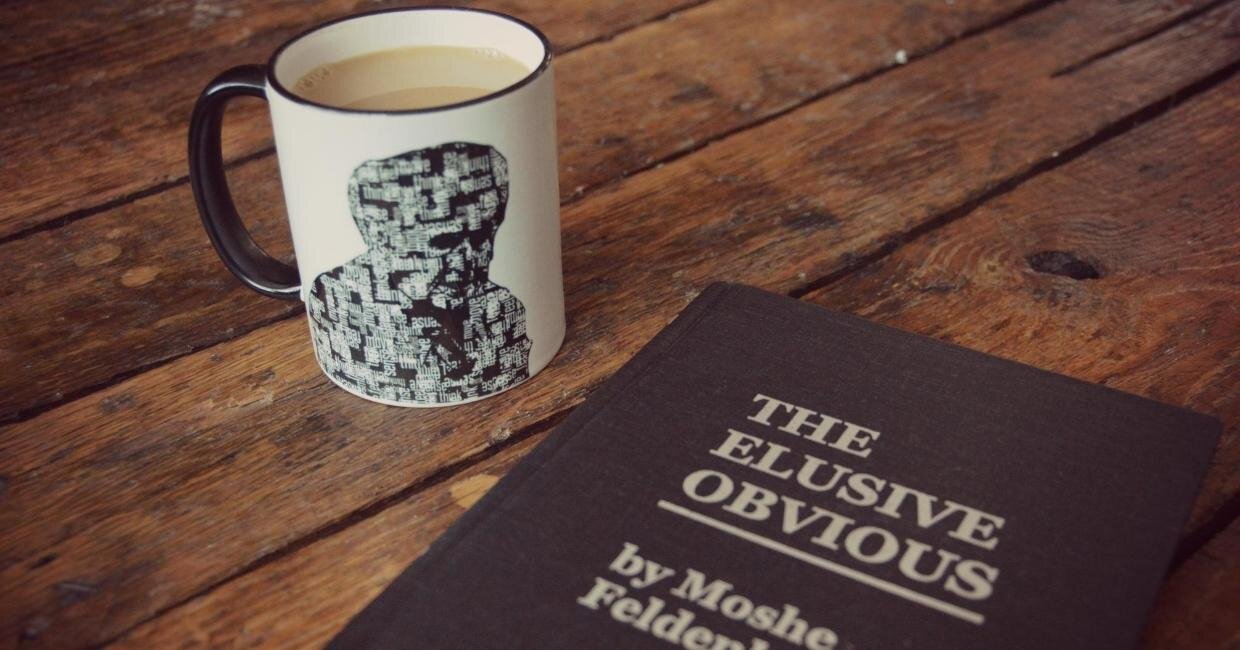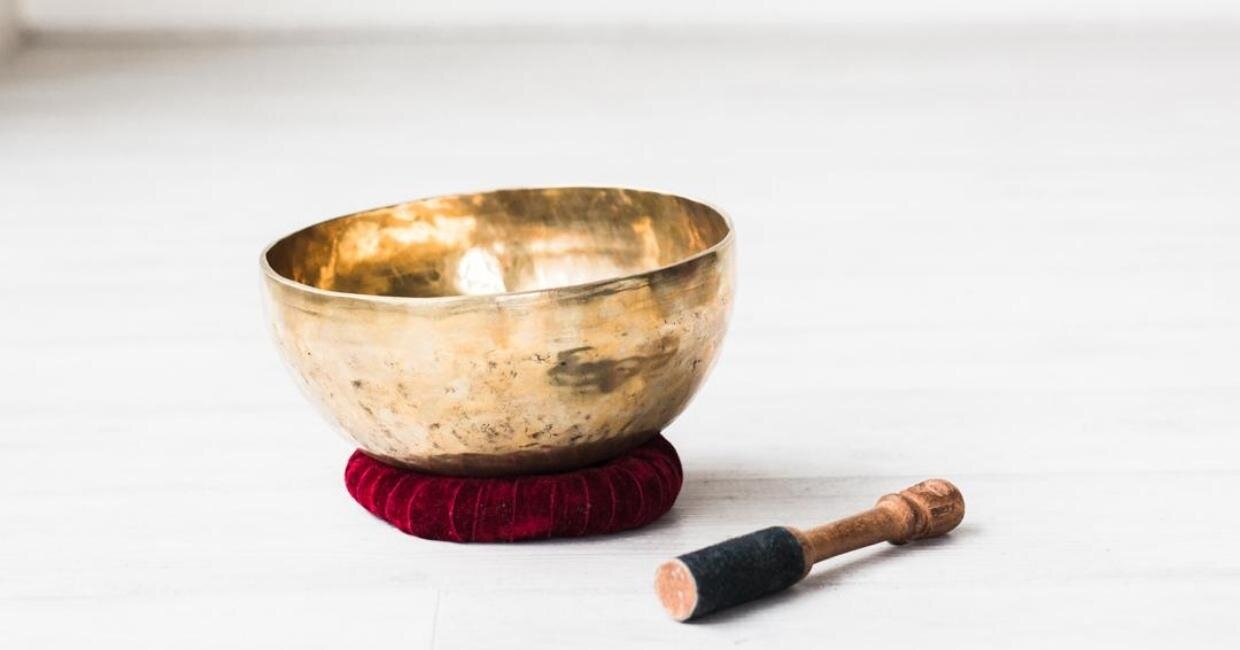From Frost To Feldenkrais
The best way out is always through.
—Robert Frost
Every once in awhile, I find one of those quotes that have a way of working me – shifting me slowly but consistently over time — echoing in everything that I do. Somehow the Robert Frost quote from A Servant’s Servant has been one of those unique passages that continue to whisper to me when my motivation is low, and my curiosity has waned.
“The best way out is always through.”
This quote begs for us to get to know ourselves and, to some degree, those pesky habits that we are so desperately trying to change.
Finding my way out through the Feldenkrais Method®
For me, the way out is often by following the Feldenkrais path of moving slowly and with a sense of curious awareness. Somehow the gift of exploring my habits of moving, thinking, sensing, and feeling helps me to discover more about who I am and how I move through life. When I slow down, I have the space to notice the little things that are so easy to ignore in everyday life. For instance, I've observed that my mind wanders or I check-out whenever I'm engaged with an activity that requires a subtle movement from a part of my body that doesn't typically move as easily. Or that I speed up whenever I'm taking on a completely new or challenging action.
As I continue to move into this space of attentive awareness, my inner sense of Self (let's call that my self-image) begins to align with my outer actions more accurately. I move into a greater understanding of integrity — both in my movements and in the way I engage with the world.
Here's what that might look like in my movements.
Let's say, for instance, that when I'm sitting or standing, my upper body rotates a bit so that the one-shoulder comes forward and the other moves slightly backward — a bit of twist or turn in my system. Even when my pelvis and legs are facing forward, my shoulder girdle is still rotated somewhat in this way. I might also start to explore what I do with my head. Do I keep my head in line with my shoulders and utilize my eyes to look forward, or is my head turned so that my face is forward?
Now having this organization isn't necessarily a bad thing in all situations. For instance, I may need this stance to chop carrots and talk to my partner at the same time. But having this organization all of the time could also wreak havoc on my system and eventually be a bit ol' pain in the neck.
Here's how it has shown up for me lately.
Recently I have been biking a lot with a messenger bag, and this orientation has become exacerbated in my system, dominating how I organize myself moment-by-moment. When this pattern is solid, I notice that I have less comfort and mobility in my neck and lower back. I am also aware that this sense of moving in two directions at once (my upper body in one direction and my legs and head in another) leaves me feeling mentally and emotionally divided — unclear of what I feel or what I want.
But what I find fascinating is the capacity for this pattern to work its way into my self-image. Somehow in my sense of my Self, I have the perception that all of me are facing forward. So my self-image is one of being aligned and forward, but my actual organization is twisted. So when I initiate each movement, each step, each turn, and twist — my actions don't necessarily match my image of the movement. It's not too big of a leap to see how this might lead to that pain in the neck (or back) I mentioned earlier.
So how do I work with that?
The simple answer is that I start where I am. I then explore my way through and out from there. For this particular pattern, I chose to rest on my back with my legs bent. Once in this position, I began with a scan by gently observing my contact with the floor. Once I've got a clear sense of that contact, I begin to accentuate the pattern that I feel. I gently press my left shoulder to the floor. Then I softly lift my right shoulder away from the floor. Eventually, I do the two together. As I explore moving my shoulders, I expand my awareness to include more of myself — my spine, ribs, pelvis, head, and eyes.
Then I rest.
When I return, I continue to explore the same movements. But now I weave in subtle variations. I refine where and how I press my shoulder. I find different trajectories as I lift my shoulder away. Then I expand my variability. I find a way to move my should away from the floor by moving from my rib basket, my pelvis, and my feet.
Eventually, what was my habit starts to fade.
I continue to explore more of the variations and sensations. I begin to shift my self-image and realign my anatomical organization. Slowly I start to move out of the woods of this twisted habit and into the light of a more aligned sense of moving through the world.
Moshe Feldenkrais said,
“If you know what you are doing, you can do what you want.”
So to begin, we must first know what we are doing. We must align ourselves with integrity — integrating our inner intentions and awareness with our outer actions.
